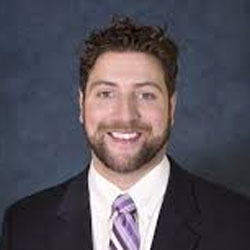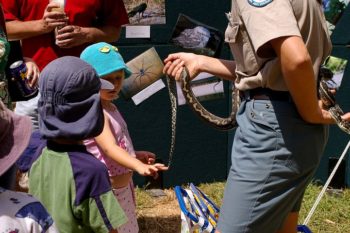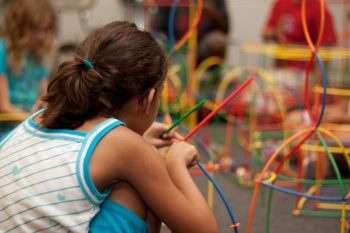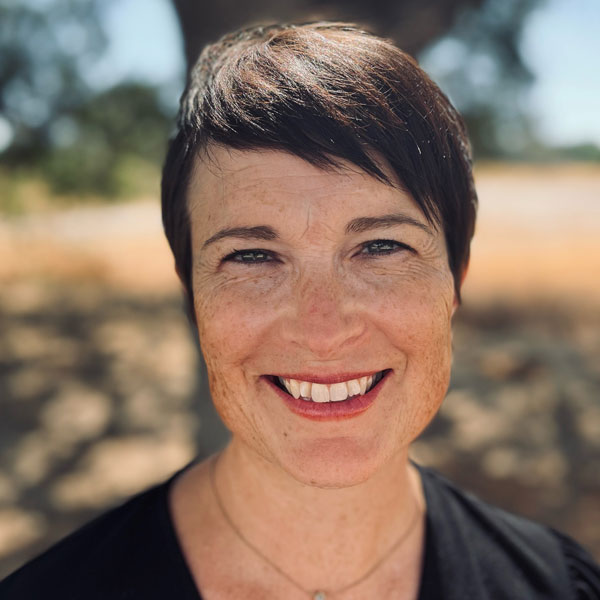 Playful Writing Strategies for Kids (Part 3)
Playful Writing Strategies for Kids (Part 3)
When working with challenged writers, I find that an art project can generate writing recipes for success. During the weeks before the winter holiday break, I created a series of writing assignments to energize challenged writers. [Read more…]

Mary Ann Burke, Ed.D., Digital Education Expert, is a substitute distance learning teacher for Oak Grove School District in San Jose, California and the author of STUDENT-ENGAGED ASSESSMENT: Strategies to Empower All Learners (Rowman & Littlefield: 2020). Dr. Burke creates digital language arts and substitute teaching K – 12 activities for teachers and parents. She is the Cofounder of the Genparenting.com blog. Burke is the former Director II of Categorical & Special Projects for the Santa Clara County Office of Education that supports 31 school districts serving 272,321 students in Santa Clara County. She is also a previous Director – State & Federal Compliance for Oakland Unified School District, the former Director – Grantwriter for the Compton Unified School District, and was the initial VISTA Director for the Community Partnership Coalition in southern California. Much of her work focuses on creating innovative digital trainings and partnership programs for teachers and families to support students’ learning. These programs were featured as a best practice at a National Title I Conference, California’s Title I Conferences, AERA Conferences, an ASCD Conference, the NASSP Conference, and statewide educator conferences.
 Parent’s Guide to School Communication from an Educator
Parent’s Guide to School Communication from an Educator
 How to Make Writing Fun (Part 2)
How to Make Writing Fun (Part 2) How to Get Kids Inspired to Write (Part 1)
How to Get Kids Inspired to Write (Part 1) Being a Mom and Homeschool Teacher
Being a Mom and Homeschool Teacher